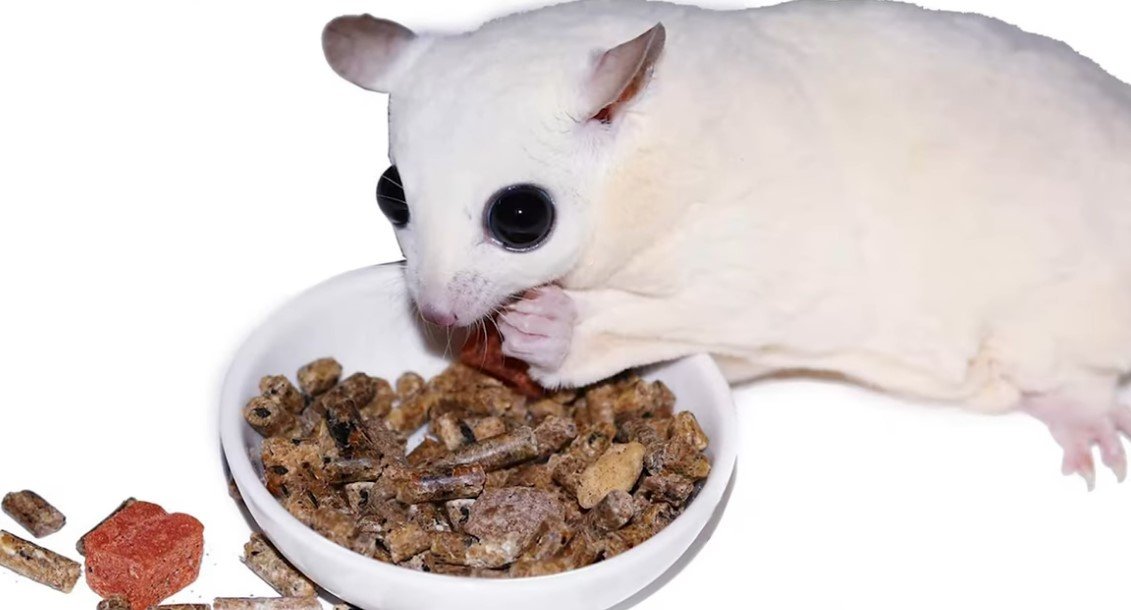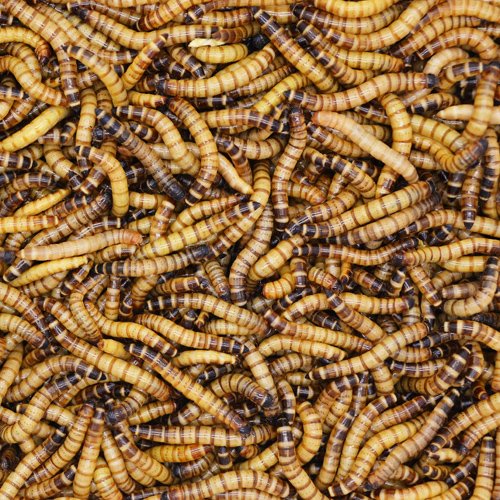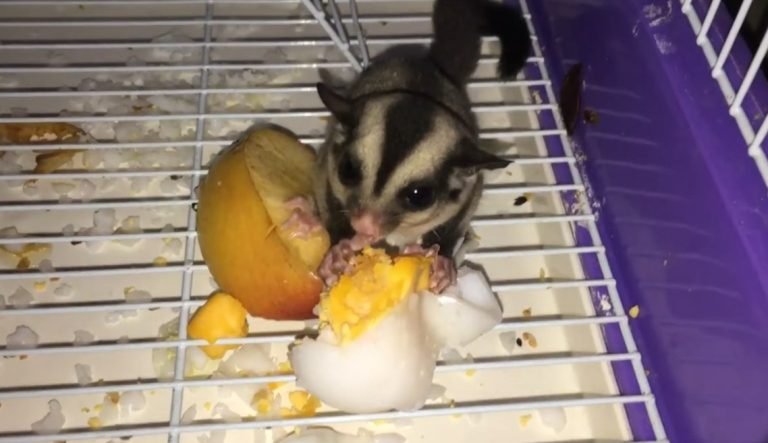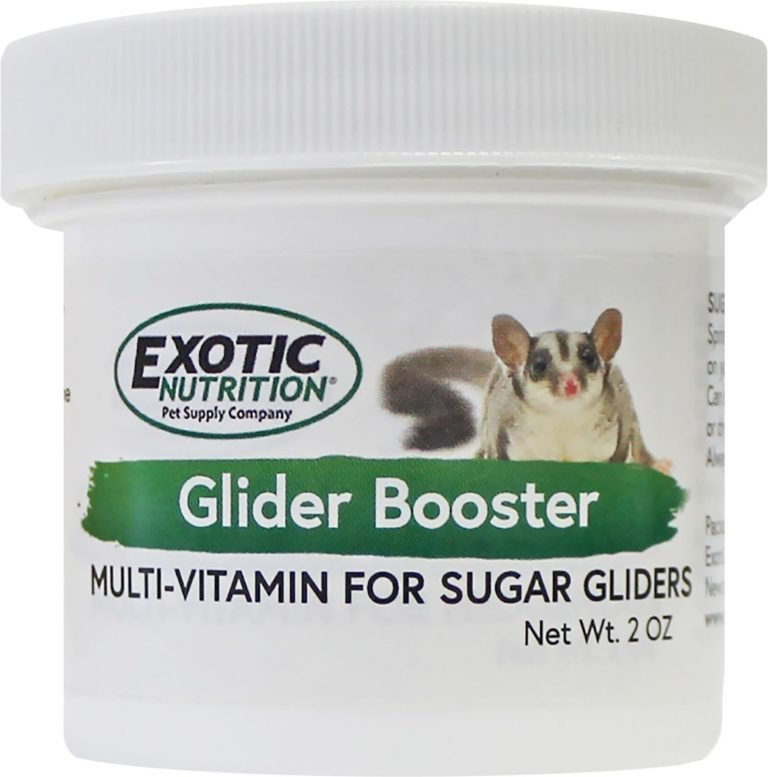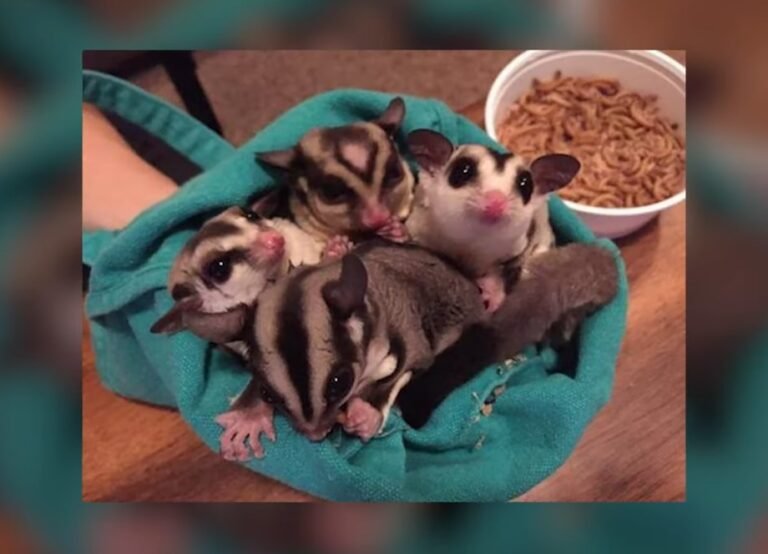How Long Can A Sugar Glider Go Without Food
How Long Can a Sugar Glider Go Without Food?
If you’re a sugar glider owner or considering becoming one, you may be wondering how long these adorable little creatures can go without food. After all, knowing their dietary needs and how long they can survive without food is crucial for their well-being. In this article, we’ll delve into the topic and provide you with all the information you need to know.
Sugar gliders are small marsupials native to Australia, Papua New Guinea, and Indonesia. They have a unique diet consisting of a variety of foods, including nectar, insects, fruits, and tree sap. These little omnivores require a balanced diet to thrive and maintain good health.
So, how long can a sugar glider go without food?
Sugar gliders are highly active creatures with fast metabolisms. While they can survive short periods without food, it’s essential to note that prolonged starvation can be detrimental to their health and even lead to death. On average, a sugar glider can go without food for about 24 to 48 hours. However, this should never be seen as the norm or encouraged.

Factors Affecting a Sugar Glider’s Ability to Go Without Food
Although the average timeframe for a sugar glider to go without food is 24 to 48 hours, several factors can influence their ability to survive for extended periods without food. Let’s take a closer look at these factors:
1. Overall Health:
A healthy sugar glider will have better chances of surviving longer without food compared to one that is already in poor health. General health, including age, weight, and any existing medical conditions, plays a significant role in their ability to endure periods of fasting.
2. Hydration:
While sugar gliders can survive without food for a short period, the importance of staying hydrated cannot be emphasized enough. Hydration is essential for their overall well-being and can help them sustain themselves for longer periods without food.
3. Environmental Factors:
The environment in which a sugar glider lives also impacts its ability to go without food. Higher temperatures, for instance, can increase their metabolic rate, causing them to burn through stored energy faster. Additionally, stress and lack of stimuli in the environment can also affect their appetite and ability to eat.
4. Stress Levels:
Similar to environmental factors, high stress levels can influence a sugar glider’s appetite and eating habits. Whether it’s due to a change in environment, the presence of predators, or other reasons, stress can impact their desire to eat and exacerbate the effects of fasting.
Importance of Regular Feeding for Sugar Gliders
While sugar gliders can withstand short periods without food, it is crucial to meet their dietary needs to ensure their overall health and well-being. Regular feeding provides essential nutrients and energy for their bodies to function optimally. Here are a few reasons why regular feeding is essential for sugar gliders:
Nutritional Balance: Sugar gliders require a balanced diet that includes a mix of protein, fruits, vegetables, and other essential nutrients. Regular feeding allows them to maintain this balance and ensure they receive the necessary vitamins and minerals.
Energy Levels: Sugar gliders are highly active animals that require a significant amount of energy to sustain their daily activities. By feeding them regularly, you provide them with the fuel they need to stay active, playful, and healthy.
Preventing Health Issues: Regular feeding helps prevent various health issues such as nutrient deficiencies, malnutrition, and weakened immune systems. By meeting their dietary needs, you can keep your sugar glider in optimal health and reduce the risk of developing health problems.
Frequently Asked Questions
Q: How often should I feed my sugar glider?
A: Sugar gliders should be fed a balanced diet twice a day. Providing a variety of foods, including fresh fruits, vegetables, protein (such as insects or a specialized glider diet), and a calcium source, is essential for their well-being.
Q: Can sugar gliders go on a hunger strike?
A: Yes, sugar gliders can go on hunger strikes due to stress, environmental changes, or health issues. If your sugar glider refuses to eat for more than 24 to 48 hours, it’s vital to seek advice from a veterinarian.
Q: Can sugar gliders eat human food?
A: While sugar gliders can eat some human foods, it’s essential to avoid foods that are toxic or harmful to them. Some safe options include apples, berries, carrots, and cooked eggs. However, it’s best to consult a veterinarian for a detailed list of safe and suitable foods.
Final Thoughts
Understanding how long a sugar glider can go without food is crucial for their well-being. While they can survive short periods without food, it is essential to meet their dietary needs regularly. Providing a balanced diet, ensuring hydration, and creating a stress-free environment are key factors in keeping your sugar glider healthy and happy. Remember to consult with a veterinarian for expert advice on feeding and caring for your sugar glider to ensure their long-term well-being.

